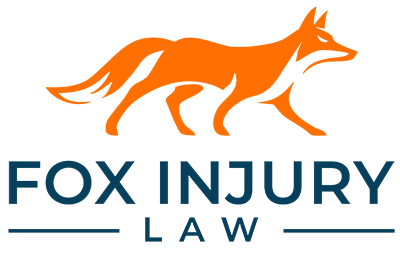Understanding the Discovery Process in a Personal Injury Case
The law allows an injured person to file a claim for financial damages if their injuries and losses occurred as a result of the other person’s recklessness or negligence. In relation to this, the case is put under the jurisdiction of the court if the claim is not settled through negotiations with the other party’s insurance provider.
Both parties are required to adhere to the court schedule, including the phase of “Discovery.” This is the formal process by which both parties to the lawsuit exchange relevant information. Many personal injury lawsuits are settled during the discovery phase once the insurance company realizes the true potential of the claim filed by the plaintiff’s attorney.
It’s necessary that you work with an experienced and competent personal injury attorney to obtain the maximum possible settlement from the defendants before the case goes to trial.
Key Actions in the Discovery Process Following a Personal Injury
Discovery can extend to several different areas. However, there are a few primary steps that almost all attorneys take during the discovery stage. These steps lay a strong foundation for the case when it goes to trial. The attorneys of both the plaintiff and defendant will gather information from the opposite party shortly after the citation and petition are served to the defendant.
This evidence is used for building a case. You should keep all records of evidence related to the accident and claim to make discovery go smoother. This includes:
- Photos of the accident scene.
- Medical records and bills.
- Photos of injuries.
- Proof of lost income.
- Invoices or receipts for other repairs.
Key actions in a discovery process include:
- Interrogatories
This provides a simple way for attorneys to gather the information required. One party will provide written questions to another party during this stage. And, the other party will need to answer the questions to the best of their knowledge. These are a few common things asked during interrogatories:
- Insurance coverage information and limits.
- Contact information.
- Identity of expert and any other witnesses that will be called in the case.
- Explanation of the cause behind the accident.
- Identification of parties that share responsibility in the case.
- Identification of evidence used in the case.
- Information about medical treatment, lost wages, and any other claimed losses.
In case any new information becomes available after the answers are submitted, the relevant party is required by law to supplement the answers with additional relevant information.
-
Request for Documents
During this part of the discovery process, actual evidence is provided on request to the other party. In general, a party may object to the request, provide copies of the documents requested, or allow the other party to make their own copies of the documents. These are a few commonly requested documents:
- Doctor’s notes, medical records, and other treatment records.
- Medical bills.
- Damage reports.
- Employment records that indicate lost wages.
- Video or pictures of the injury and accident scene.
- Police or accident reports.
-
Request for Admissions
This request presents a series of allegations to the other party. It also asks the other party to deny or admit to each one of the allegations. This is helpful in narrowing down the issues involved in the case. It also prevents the attorneys from wasting time on things that remain uncontested. In case a party admits to certain things, these can be introduced as facts without having to prove anything at the trial.
-
Depositions
Depositions are basically question-and-answer sessions involving a potential witness or another party. These sessions are recorded and the person answering the questions is placed under oath. In some cases, a court reporter may be present to record the questions and answers. Ultimately, depositions are used for building a legal strategy or negotiating a settlement.
Length of the Discovery Process
The discovery process can take weeks or months to complete since it involves:
- Waiting for answers to interrogatories.
- Sorting through hundreds of documents.
- Setting up multiple depositions.
- Waiting on experts, such as doctors to provide relevant records.
Even though discovery takes a substantial portion of time in a personal injury lawsuit, it is absolutely necessary. Your attorney will be able to prepare a strong argument based on what they find during the discovery process. They may also be able to prove fault and the amount of compensation you deserve.
Importance of Choosing the Right Personal Injury Attorney to Represent You during Discovery
Discovery is an important phase of a personal injury lawsuit. It is when both sides lay their cards face-up on the table. You need a meticulous and experienced attorney during this process. Your attorney should be able to uncover enough evidence to substantiate your injury claim and prove the liability of the at-fault party.
Your attorney’s goal should be to place you in a position that helps you recover maximum compensation through a settlement with the defendants. Many successful personal injury claims go through the discovery process after a lawsuit, but never reach the courtroom because the defendants are willing to settle when they see the evidence your lawyer has discovered.
Get a Highly-Rated Personal Injury Attorney on Your Side to Maximize Your Settlement
If you or someone you care for has suffered a personal injury due to the fault of another, you need strong legal counsel from the robust attorneys at Fox Injury Law. Our personal injury attorneys will be by your side through the discovery process and other stages involved in the claim.
At Fox Injury Law, we have decades of combined experience successfully representing individuals that were injured because of someone else’s reckless and negligent actions. Give us a call today and set up your free consultation to know your best legal options.
